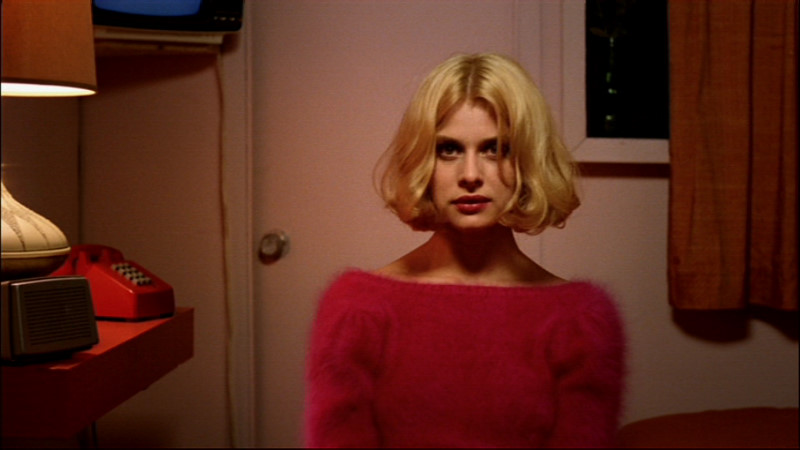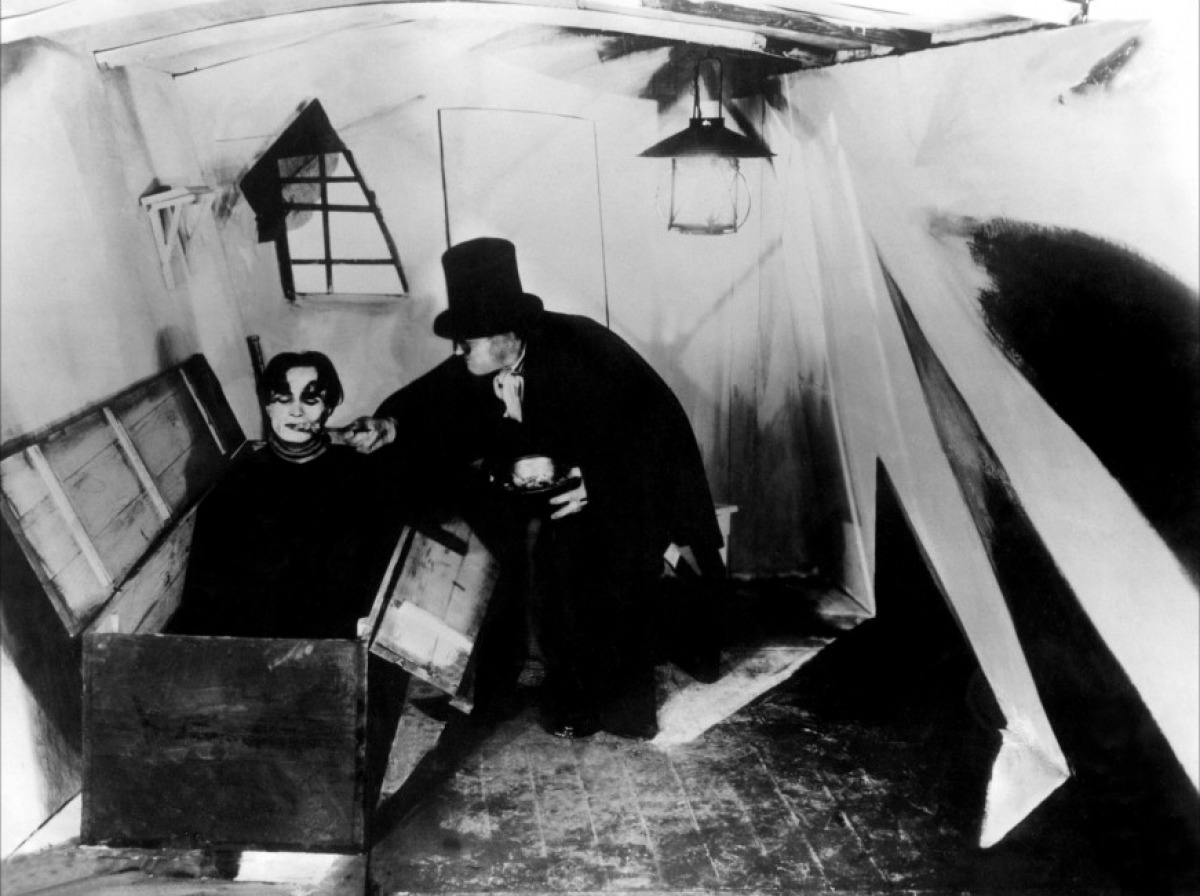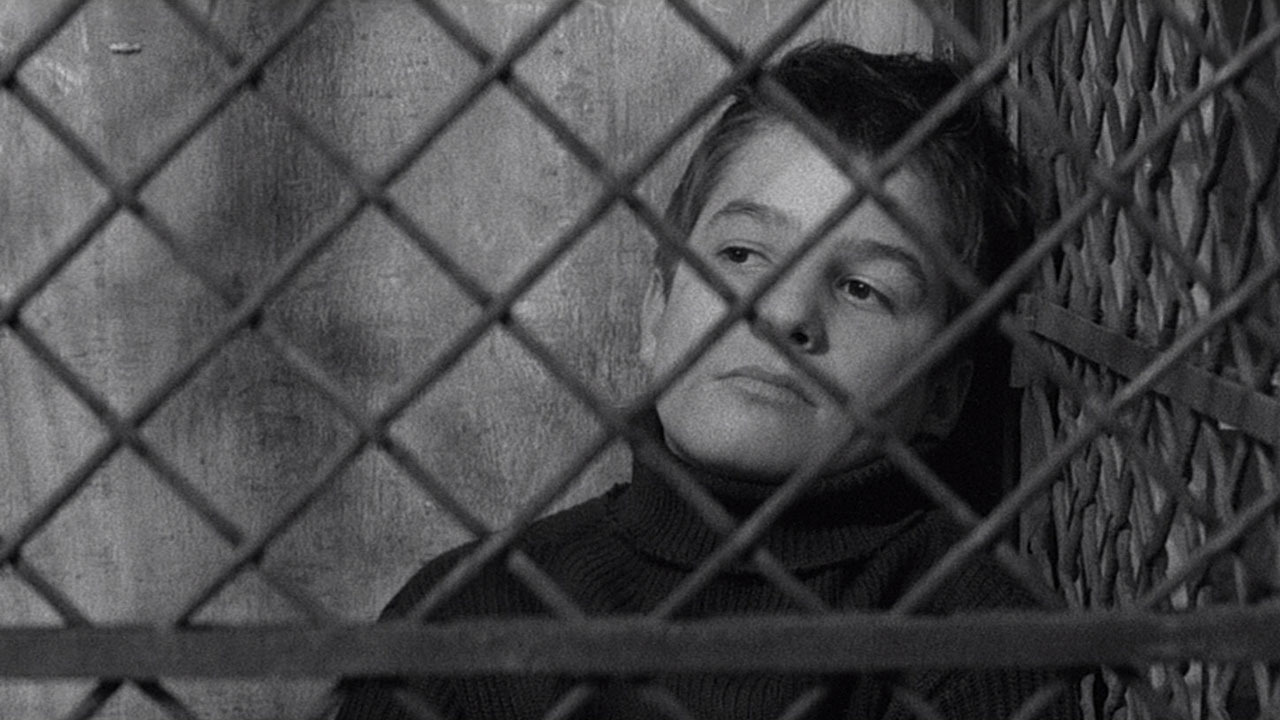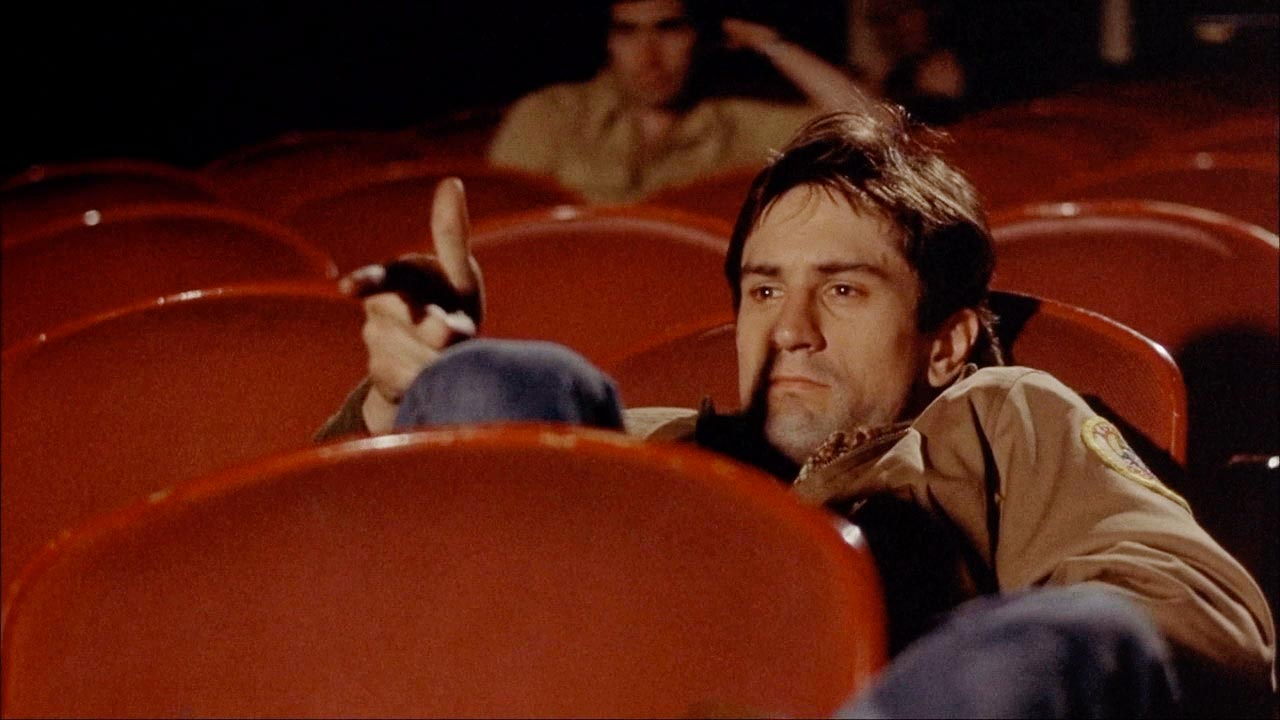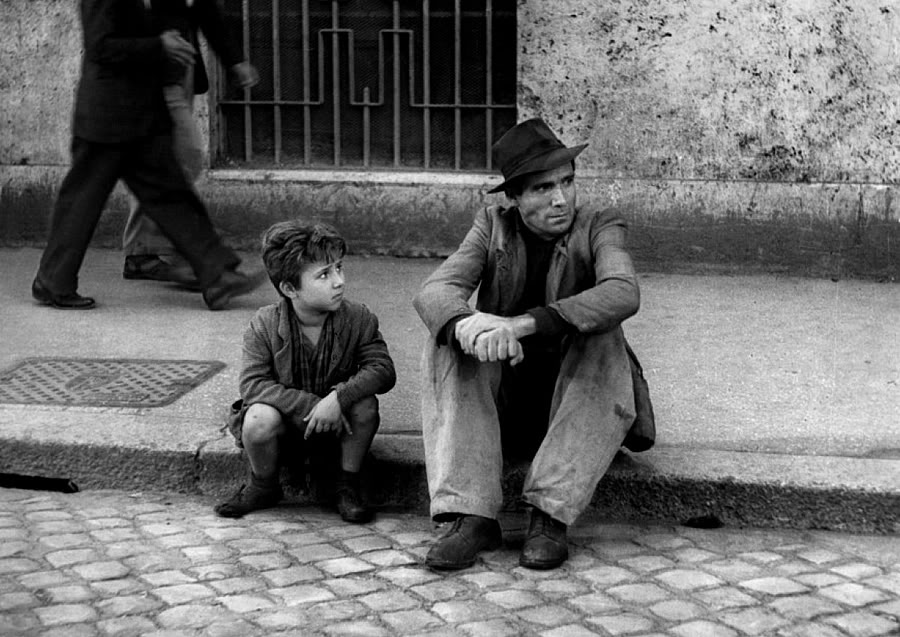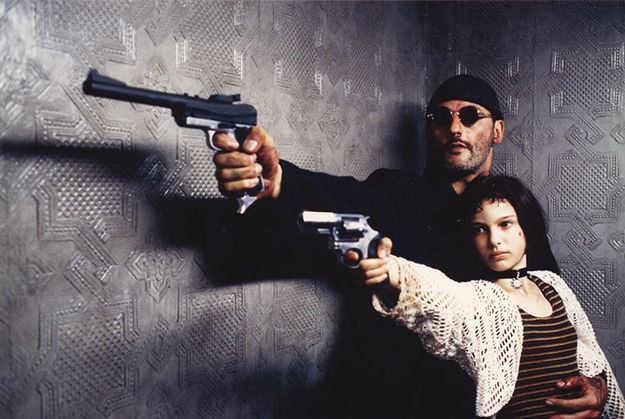A film movement is a wave of films usually following a particular trend in cinema of the time. Most trending movements in cinema are regional but influence world cinema. These films have cultural origins usually influenced by national tragedy, popular culture, or social issues.
Experimental techniques can be used to create the innovating filming styles. Boundaries in editing are also pushed to the limit at times to give these films a unique identity. These innovating films impact Hollywood and are very important in not only the history but also the future of cinema.
1. German Expressionism
During the First World War, foreign films were not allowed into Germany. A result that would help grow the German film industry. After the war the German economy was struggling. Instead of vacations, people began to go to the cinema, which was a cheap way to escape. A similar boom to the golden age of Hollywood caused by the great depression.
The films were silent and in black and white due to the era. Sometime filmmakers tinted some scenes in a colour such as yellow to give it a different mood. The art design, style of the actors and use of shadows made the films look surreal, similar to the surrealist paintings of the time. Because of the experimentation in art, it’s speculative that a lot of filmmakers and artists in Europe were experimenting with drugs at that time.
Sadly some of the films from this time are lost. Studios didn’t preserve films in secure temperature controlled warehouses as used today. Documentation and photographs confirm these films once existed. One of the most famous German expressionist films, “Metropolis” (1927 dir. Fritz Lang), had been restored, however in 2005 a reel with more footage was found in New Zealand and in 2008 another reel was found in Buenos Aires, Argentina. The last restoration was in 2010.
Major Figures:
F.W. Murnau
Fritz Lang
G.W. Pabst
Robert Wiene
Notable Films in existence today:
“Nosferatu, a Symphony of Horror” (1922 dir. F.W. Murnau)
“The Cabinet of Dr. Caligari” (1920 dir. Robert Wiene)
“The Golem: How He Came into the World” (1920 dir. Carl Boese and Paul Wegenar)
“Metropolis” (1927 dir. Fritz Lang)
“M” (1931 dir. Fritz Lang)
“Pandora’s Box” (1929 dir. G.W. Pabst)
German Expressionism was killed off when the Nazi regime took power but its influence would live on. Frtiz Lang and F. W. Murnau went on to work in Hollywood. The traits of German expressionism can be seen in Alfred Hitchcock’s early silent work. Many of Tim Burton’s films are thought to be modern expressionism.
Werner Herzog directed “Nosferatu the Vampyre” in 1979 as a tribute to Nosferatu and in 2000 the making of F.W. Murnau’s Nosferatu was fictionalized into the film: “Shadow of the vampire”. “Metropolis” inspired the art direction on futurist films such as “Blade Runner” (1982 dir. Ridley Scott) as well as others.
George Lucas also took inspiration from Metropolis for “THX 1138” (1971) and Star wars. In 1984 music producer Giorgio Moroder revamped Metropolis. The New restoration was colourized and rescored with 1980’s pop music.
Metropolis was even adapted into a manga and in 2001 a feature length anime film titled Metropolis was adapted from the manga. Francis Ford Coppola wanted to do a live action remake but has since abandoned the project after several attempts.
It’s very possible that these films will continue to not only inspire but also even be remade. And there’s still the hope that missing scenes and lost films will resurface somewhere in the world. Thankfully The Friedrich Wilhelm Murnau Foundation will be active in continuing to restore these important films.
“I was called the greatest director in Europe, but I was just a hard worker.” – Fritz Lang
Check out our essential German Expressionism film list.
2. French New Wave
Young film critics in the late 1950s writing for Cahiers du cinema, had a wide knowledge of films and were growing tiresome of the monotonousness industry. Keen on innovation, they got to work. The group consisted of friends and help out one another to achieve the goal of changing cinema. Other French filmmakers soon followed.
The films had low budgets but were stylized with tracking shots, fast pans and handheld camera work and most famously, Jump cuts. Many films and Hollywood worked on a formula of editing. The French new wave broke the rules and would jump cut scenes to change the timing and give the film more energy.
Major Figures:
Francois Truffaut
Jean-Luc Godard
Eric Rohmer
Claude Chabrol
Jacques Rivette
Notable Films:
“The 400 Blows” (1959 dir. Francois Truffaut)
“Jules and Jim” (1962 dir. Francois Truffaut)
“Breathless” (1960 dir. Jean-Luc Godard)
“Le beau Serge” (1958 dir. Claude Chabrol)
“Sign of Leo” (1962 dir. Eric Rohmer)
“Paris Belongs to Us” (1961 dir. Jacques Rivette)
French new wave didn’t die but evolved and changed film editing. Some modern Hollywood films now feature jump cuts. In 1983, Breathless had a modernised American remake but was met with mix reviews. However, Quentin Tarantino is a fan of the remake and has even named his production company A Band Apart films which is a play on words of the French new wave film, “Bande a part” (1964 dir. Jean-Luc Godard).
Jean-Luc Godard continues to make films in a similar style but unfortunately the once innovating filmmaker has progressed in his exhibit of Marxist ideology and xenophobia towards Americans.
“The film of tomorrow will not be directed by civil servants of the camera, but by artists for whom shooting a film constitutes a wonderful and thrilling adventure.” – Francois Traffaut
Check out our essential French New Wave film list.
3. New Hollywood
In the 1960s, the United States was radically changing. The old Hollywood studio system had set formulas for filmmaking, which couldn’t even compete with television sitcoms of the time. And with the war in Vietnam and race riots, people grew tired of films like “The sound of music”. Hollywood was loosing money and filmmakers who had gone to film school and watched foreign films started directing new Hollywood.
There was no set style, just influences from foreign films. These films were not for the entire family. Promiscuous sex, drugs and at times violence became apart of these films. The films didn’t have glamorous aesthetics and were gritty.
Major Figures:
Martin Scorsese
Terrence Malick
John Cassavetes
Francis Ford Coppola
Mike Nichols
Arthur Penn
Notable Films:
“Taxi Driver” (1976 dir. Martin Scorsese)
“Dog Day Afternoon” (1975 dir. Sidney Lumet)
“Easy Rider” (1969 dir. Dennis Hopper)
“The Graduate” (1967 dir. Mike Nichols)
“Bonnie and Clyde” (1967 dir. Arthur Penn)
“Midnight Cowboy” (1969 dir. John Schlesinger)
“Two-Lane Blacktop” (1971 dir. Monte Hellman)
“Badlands” (1973 dir. Terrence Malick)
“The Deer Hunter” (1978 dir. Michael Cimino)
“The Killing of a Chinese Bookie” (1976 dir. John Cassavetes)
“The Conversation” (1974 dir. Francis Ford Coppola)
New Hollywood pushed both American independent and Hollywood films. Hollywood continues to make a few great thought provoking gritty films each year and take influence from world cinema as well as influencing films across the world. American new wave never stopped, its just not new.
“You don’t make pictures for Oscars.” – Martin Scorsese
Check out our essential New Hollywood film list.
4. Italian Neo-Realism
After the Second World War Italy was in ruins. With an attitude that began to hate happy go luck films from Hollywood, filmmakers began making poetic realism films.
These films wouldn’t be afraid to show realistic and gritty locations. The stories didn’t need to have a happy ending. Poverty, crime, simplistic joys and sadness were seen as realistic and that’s what was portrayed.
Major Figures:
Federico Fellini
Roberto Rossellini
Vittorio De Sica
Luchino Visconti
Notable Films:
“Rome, Open City” (1945 dir. Roberto Rossellini)
“The Bicycle Thieves” (1948 dir. Vittorio De Sica)
“I Vitelloni” (1953 Federico Fellini)
“Umberto D.” (1952 dir. Vittorio De Sica)
“La Terra Trema” (1948 dir. Luchino Visconti)
The Italian neo realist filmmakers continued working in the Italian film industry and later were involved with co-productions with the French new wave artists whom they had helped inspire.
A big fan of Neo realism is Martin Scorsese who not only made a documentary about neo realism but also has made mainstream realistic and gritty films inspired by neo realism. Italian neo realism has helped the French new wave and new Hollywood and continues to influence modern cinema.
“I’ve lost all my money on these films. They are not commercial. But I’m glad to lose it this way. To have for a souvenir of my life pictures like Umberto D. and The Bicycle Thief.” – Vittorio De Sica
Check out our essential Italian Neo-Realism film list.
5. Cinema du look
The 1980s culture changed a lot. Video games, fashion, adverts and music videos became very important in 1980s and early 90s pop culture. Even with government support to help boost France’s film industry, filmmakers still had to work their way up on heavily stylized and colourful music videos and adverts. Three young stylised French directors made films which critics began calling a movement of cinema du look.
Style was used to make the films look good. Most films were very colourful just as the current adverts or music videos were. Where as movements before were focused on story, these filmmakers wanted to make their films look cool and their charters at times looked like pop stars. Modern pop culture was interweaved and dramatic looks were abandoned.
Major Figures:
Jean-Jacques Beineix
Luc Besson
Leos Carax
Notable films:
“Betty Blue” (1986 dir. Jean-Jacques Beineix)
“Les Amants du Pont-Neuf” (1991 dir. Leos Carax)
“Leon: The Professional” (1994 dir. Luc Besson)
“La Femme Nikta” (1990 dir. Luc Besson)
The words cinema du look can be used for films today. Bright looking films have seemed to not only have great posters and trailers but also out sell story driven dramas however Star treks lens flares is not where cinema du look lives on. Spike Lee’s “Do the Right Thing” (1989) is a good example.
It’s possible that it was either influenced by the on going movement or took similar inspirations for style. “Do the Right Thing”, then influenced later films in the movement like Leos Carax’s Les Amants du Pont-Neuf (1991). Luc Besson continues to make films and continues to create wonderful ascetics.
“I think we have the wrong notion of commercial and intellectual or artistic film. Because all films are commercial.” – Luc Bensson
Check out our essential Cinema du look film list.
6. Dogme 95
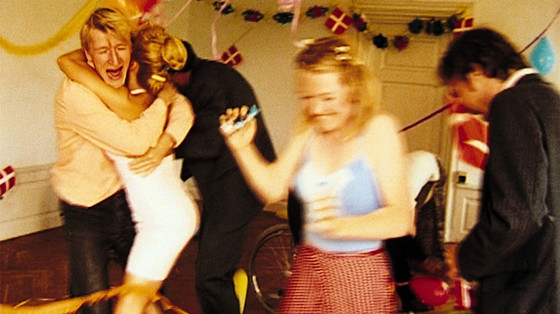
Dogme 95 is one of the few movements to have an official set of rules documented in a manifesto. The Manifesto was written and signed by directors Lars von Trier and Thomas Vinterberg. Dogma, as in a set of principles and the number 95 as in the year.
It was an update of a 1954 article wrote by French new wave director Francois Traffaut. All films had to be approved to be considered apart of the Dogme 95. Although dogma 95 started in Denmark the movement was worldwide.
The style was set from the rules known as the “vow of chastity”. But rules were broken and confessions were made. One of the original rules was to only use 35mm film, which was then changed to videotape. Films were shot handheld without filters and although broken on many occasions, the rules said to shoot on location, with no added sound, lights or props. That caused these films have somewhat of a documentary style.
As for story, genre movies were a no no and so were superficial actions like murder. The other rules stated that the telling of the location the film was set in was forbidden and so was the director to be credited. Although the secret is out and we now know which directors take credit.
Major Figures:
Lars von Trier
Thomas Vinterberg
Notable Films:
Dogma 1 “The Celebration” (Denmark 1998 dir. Thomas Vinterberg)
Dogma 2 “The Idiots” (Denmark 1998 dir. Lars von Triee)
Dogma 4 “The king is Alive” (Denmark 2001 dir. Kristian Levring)
Dogma 6 “Julien Donkey-Boy (USA 1999 dir. Harmony Korine.
The movement is now over as of 2005 but the filmmakers around the world that took part have moved on and keep making films. Natural light, hand held shots and documentary style films are more popular. One important thing dogme 95 taught us was that a good story could survive a low budget, something that has inspired new and veteran filmmakers.
“Basically, I’m afraid of everything in life, except filmmaking.” – Lars von Trier
